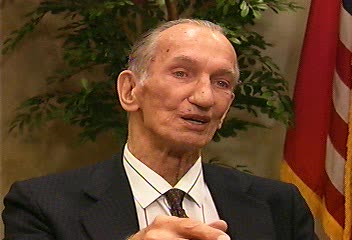- Step-by-step procedures
- Estimated completion time
- Resources labeled by icons






 direct teachers to the piece of content named in the procedures
direct teachers to the piece of content named in the procedures - Print-ready pages as indicated by
 are available as PDFs for download
are available as PDFs for download  located above “KEY WORDS” to access student handouts and vocabulary in Spanish
located above “KEY WORDS” to access student handouts and vocabulary in Spanish- Subtitles/CC [ found in
 ] available in Spanish and English for testimonies
] available in Spanish and English for testimonies
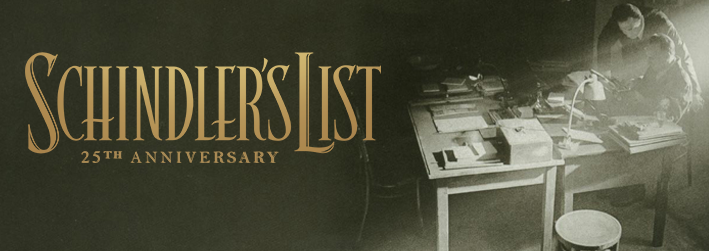
In honor of Universal Pictures’ rerelease of Schindler’s List, Echoes & Reflections has created a short, classroom-ready Companion Resource, that will help educators to provide important historical background and context to the film, as well as explore powerful true stories of rescue, survival, and resilience with their students.
Additionally, the following videos, recorded at Yad Vashem, feature Schindler survivors who speak of the impact Oskar Schindler had on their lives.
EVA LAVI TESTIMONY
NAHUM & GENIA MANOR
The posters feature the powerful words and experiences of Holocaust survivor and memoirist Elie Wiesel, Holocaust survivor Kurt Messerschmidt, and Anne Frank rescuer, Miep Gies. Each poster promotes meaningful conversation and reflection in the classroom, whether in person or in a virtual setting, and inspires students with powerful human stories of the Holocaust that can continue to guide agency and action as a result of studying this topic.
To support you in these efforts, we have also compiled several suggested classroom activities from teachers in our network that may be of use and interest.
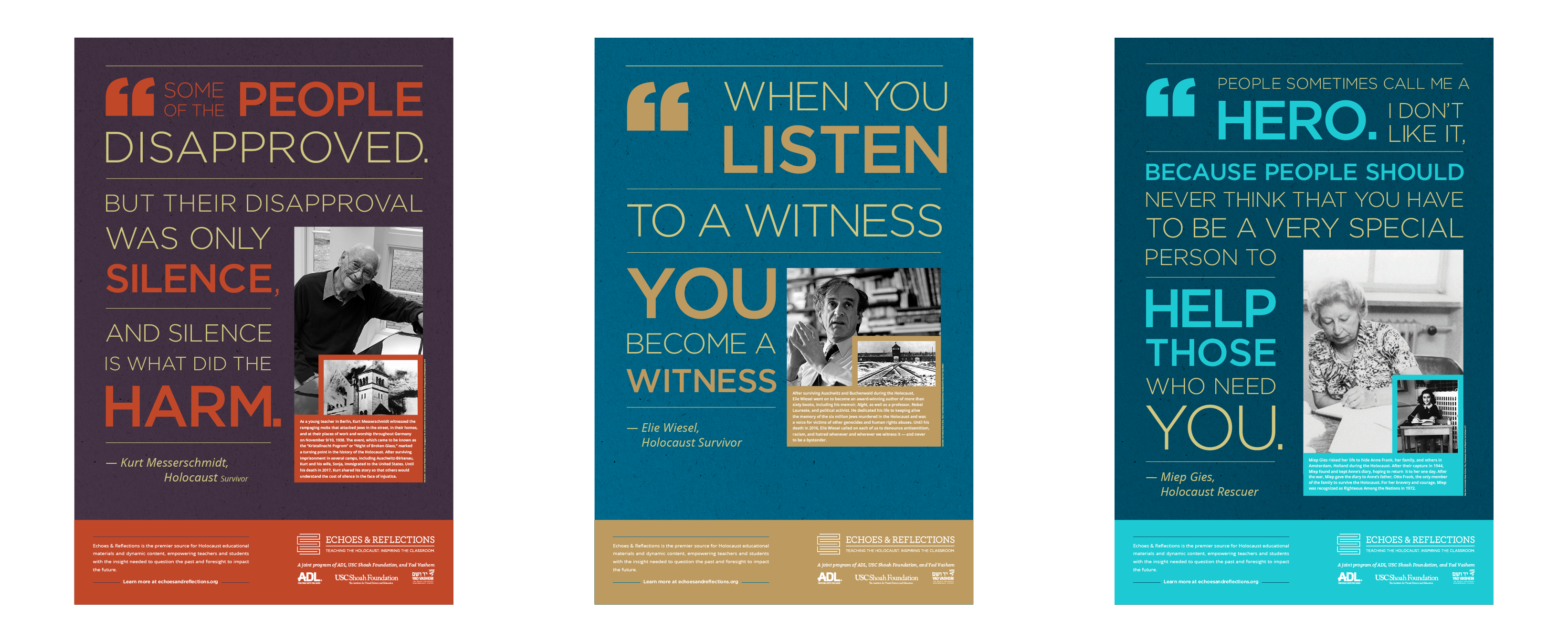
Please fill out the form below to access and download your PDF posters.

USC Shoah Foundation’s first podcast, We Share The Same Sky, seeks to brings the past into present through a granddaughter’s decade-long journey to retrace her grandmother’s story of survival. We Share The Same Sky tells the two stories of these women—the grandmother, Hana, a refugee who remained one step ahead of the Nazis at every turn, and the granddaughter, Rachael, on a search to retrace her grandmother’s history.
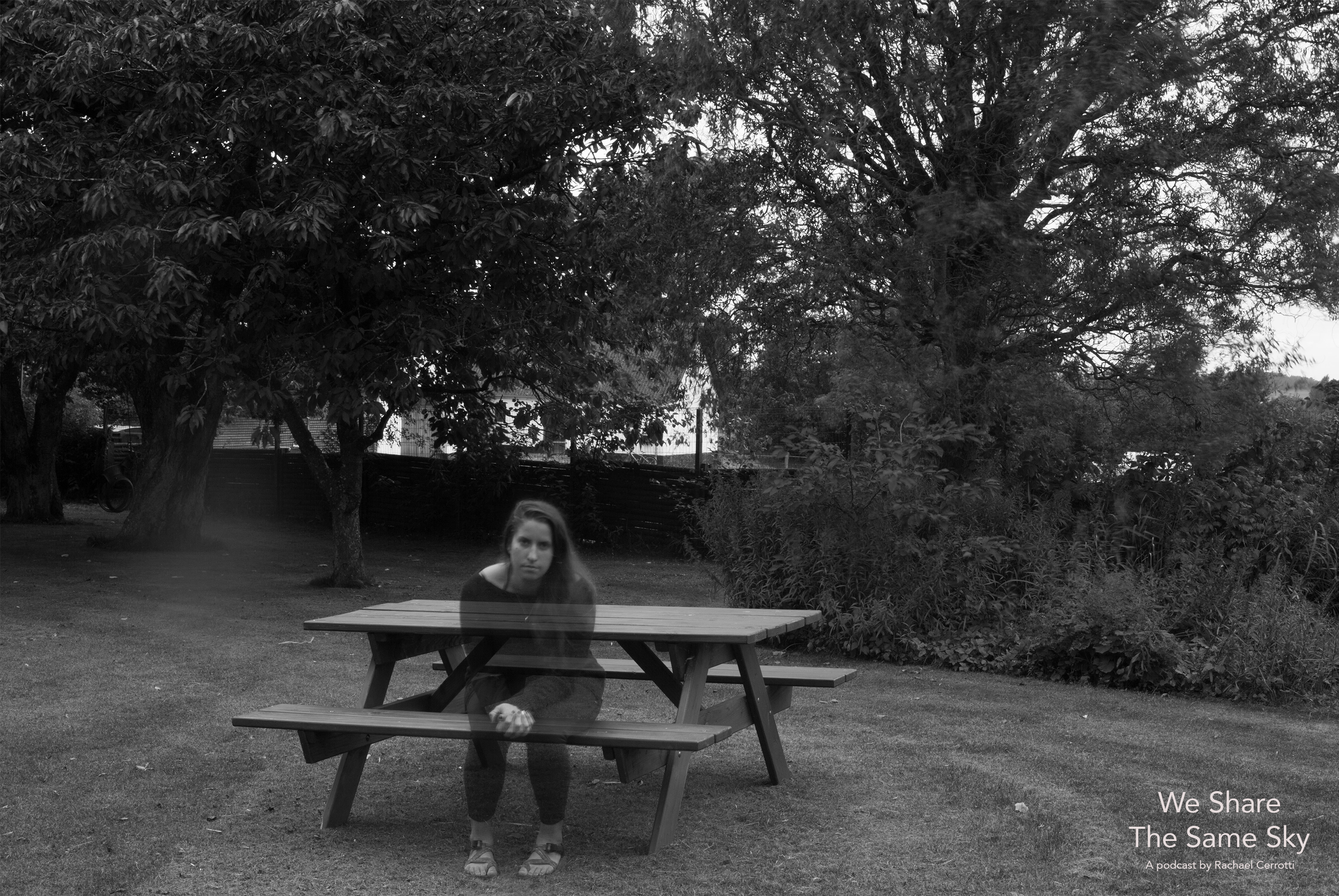
A self-portrait of Rachael while she is living on a Danish farm that is owned by the granddaughter of Hana’s foster mother from World War II. Photo by Rachael Cerrotti, 2017
In order to enhance its classroom use, USC Shoah Foundation and Echoes & Reflections have created a Companion Educational Resource to support teachers as they introduce the podcast to their students. This document provides essential questions for students, as well as additional resources and content to help build context and framing for students’ understanding of the historical events addressed in the podcast.
Access to the podcast, as well as additional supporting materials—including IWitness student activities, academic standards alignment, and general strategies for teaching with podcasts—can all be found at the We Share The Same Sky page in IWitness.
Note: Due to the subject nature, the podcast is appropriate for older students, grades 10-12. As always, teachers should review the content fully in advance to determine its appropriateness for their student population.

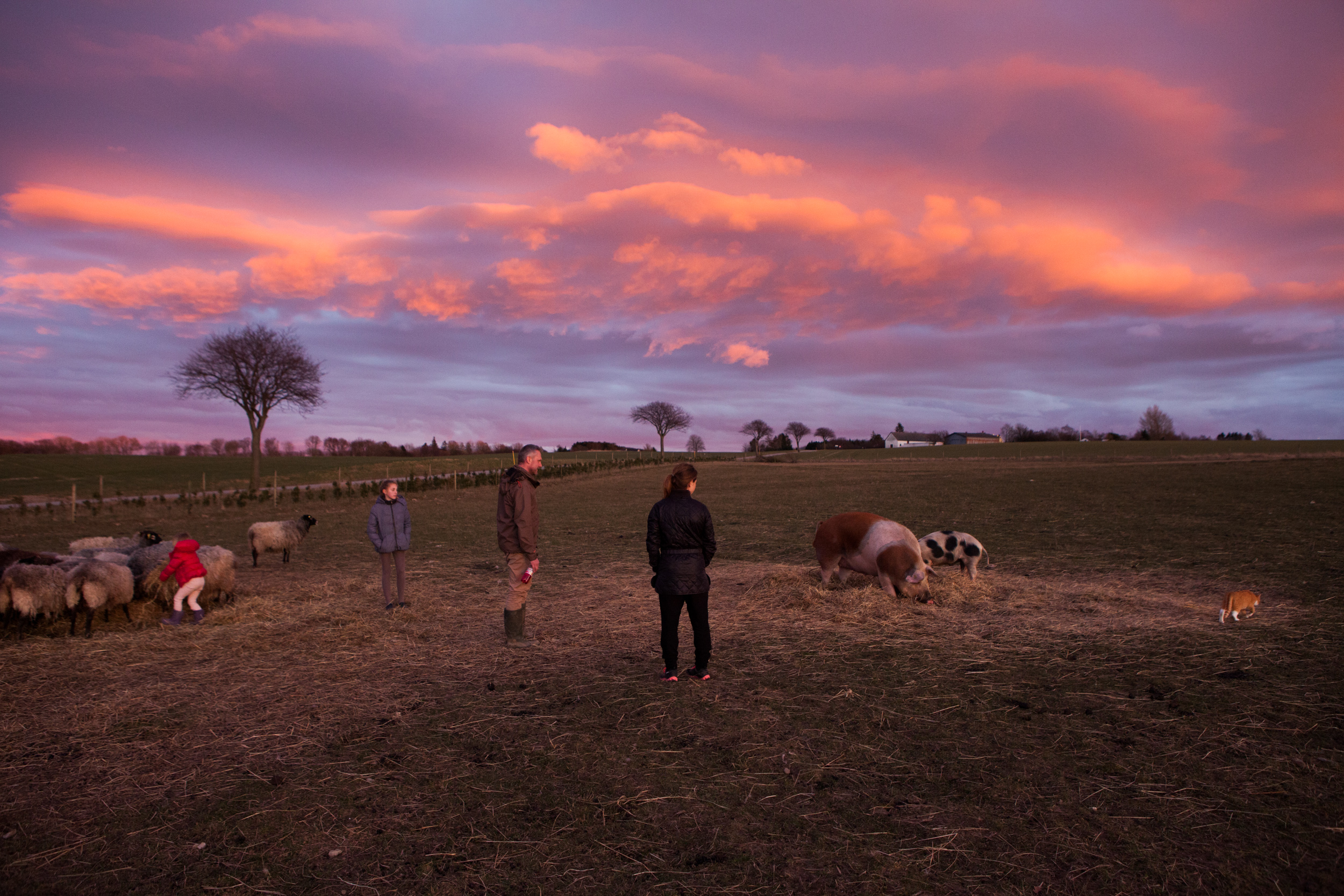
After many years of research and digitizing the archive her grandmother left behind, Rachael set out to retrace her grandmother’s 17 years of statelessness. Her intention was to travel via the same modes of transportation and to live similar style lives as to what her grandmother did during the war and in the years after. That meant that when she got to Denmark, she moved to a farm. Rachael moved in with the granddaughter of her grandmother’s foster mother from World War II and traded her labor for room and board as Hana once did. This picture is from that first visit in the winter of 2015. Since this time, Rachael has spent many more months living on this farm. It is owned by Sine Christiansen and her family. Sine is the granddaughter of Jensine, one Hana’s foster mother from World War II. Photo by Rachael Cerrotti, 2015

A self portrait of Rachael overlooking the exact spot in Southern Sweden where her grandmother’s refugee boat came to shore in 1943. Photo by Rachael Cerrotti, 2016



 English
English Español
Español
– PRIMO LEVI, AUTHOR AND SURVIVOR
Below is information to keep in mind when teaching the content in this unit. This material is intended to help teachers consider the nuances of teaching about some of the moral complexities of the Holocaust when considering collaboration and complicity, as well as assessing responsibility on individual, group, and government levels, in addition to delivering accurate and sensitive instruction.
|
|
The purpose of this unit is to provide an opportunity for students to examine the complex issues of responsibility and guilt on a personal level as well as on a national level within the context of the Nazi occupation of Europe. With a firm understanding of what happened during the Holocaust, students will now be tasked to examine, analyze, and evaluate the actions and responsibilities of some of the actors in the genocide of the Jews. Students will also explore and consider the responsibility of the democratic nations to provide safe haven for refugees attempting to escape Nazi persecution.
- To what degree were individuals, groups, and nations complicit in the Holocaust?
- What factors influence an individual’s choices to act, including as a collaborator or bystander?
- How does learning about choices made during the Holocaust teach us about human behavior and about how individual choices affect the world around us?
- What responsibility do nations have to help those from another nation facing imminent danger?
- How did the American government obstruct the immigration of Jews and other would-be immigrants at this time?
|
|
ACADEMIC STANDARDS
Academic and SEL Standards View More »
School Library Standards View More »
View More »
View More »
Testimony Reflections View More »
ACADEMIC STANDARDS
Academic and SEL Standards View More »
School Library Standards View More »
View More »
View More »
Reflexiones de los Testimonios Ver más »
90-120 minutes
90-120 minutes
LESSON 1: Bystanders
In this lesson, students consider the connotations behind the word “bystander” and think about the responsibility one faces as a bystander. They examine examples of bystander behavior and consider how such behavior may lead to or even constitute complicity. Students are confronted with the fact that inaction by bystanders played a significant role in enabling the Holocaust to happen.
Note: To learn more about those who rejected the role of bystander and chose to help Jews, go to our unit, Rescue and Righteous among the Nations.
| 1 | As an entire class or in small groups, students create a concept map on chart paper to explore the term bystander and expand on their preconceived notions of what a bystander is. The terms complicity, responsibility, and guilt are then added to the concept map and students consider how those words connect to bystanders. |
View More »
View More »
| 2 | Students are introduced to [L]Barbara Fischman Traub[/L] and [L]Ibolya Grossman[/L] Clip . As they watch their testimonies, students take notes on the handout, Testimony Reflections, found in “About this Unit” above. Next, the class discusses the following questions:
|


Testimony Reflections View More »
View More »


Reflexiones de los Testimonios Ver más »
View More »
| 3 | Students read the Excerpts from Ponary handout as a whole group and annotate the diary entries to understand the events that are described. As a reflective activity, students discuss the following questions or journal their responses: |
|
|
| 4 | In small groups, students review, discuss, and complete the Photographic Case Study Graphic Organizer about the Bystanders in Photos handout. Students thoroughly analyze each photograph, one photo at a time. When finished, each photo is projected, students review their completed graphic organizers, and discuss the following questions: |
View More »
Bystanders in Photos View More »
Photographic Case Study Graphic Organizer View More »
View More »
Espectadores en Fotos Ver más »
Caso de Estudio Fotografico Organizador Grafico Ver más »
|
|
| 5 | Students watch the testimony of [L]Dennis Urstein[/L]. The following quote is posted. Students analyze the quote and discuss whether they agree with Dennis’ opinion:
|
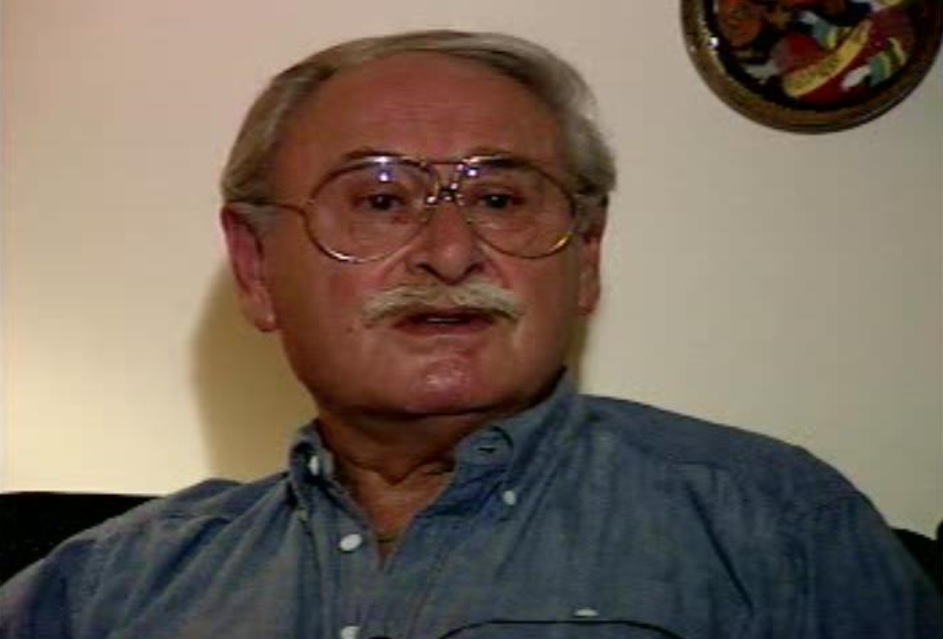

| 6 | As a summative task, students discuss the following questions:
|
120-150 minutes
120-150 minutes
LESSON 2: Collaborators and Perpetrators
In this lesson, students analyze the roles of collaborators and perpetrators in the Holocaust, and will consider the circumstances, potential choices versus choices made, and actions of those who decided to collaborate. They will also see the fluidity of the roles; one does not necessarily remain in one role, but can move from one to another based on one’s circumstances, choices, and actions.
Note: While we may expect to see names of high-profile Nazis here, e.g. Mengele, Eichmann, or Himmler, this lesson instead focuses on rank-and-file Nazis and collaborators, those who worked for and with the Nazis to enable the Final Solution. You should note that these people were human beings with agency who made choices and acted upon them. You should also note the ease with which many collaborators moved into the role of perpetrator based on choices they made in their positions.
| 1 | In pairs or in small groups, students define the terms collaborator and perpetrator, utilizing as many adjectives as possible. As a class, the two terms are discussed with a definition agreed upon for each term. OPTIONAL: Students can return and add to their previous concept map to put the concepts of bystanders, collaborators, and perpetrators in conversation with each other. |
| 2 | Students learn they are going to read parts of an official report by German officer Paul Salitter side-by-side with Jewish victim Hilde Sherman’s testimony about similar events. (Brief biographies can be found in this note. |
View More »
Report by Salitter and Memoir of Hilde Sherman View More »
Salitter and Sherman Graphic Organizer View More »
| 3 | When finished, each group presents its findings to the class, citing textual evidence from Salitter and Sherman. As a class, students discuss some of the following questions: |
|
|
| 4 | Students watch testimony of a Polish Jew in hiding who was exposed and betrayed to the Nazis by people she knew: [L]Dora Iwler[/L]. As they watch the clips, students take notes on the Testimony Reflections handout. After viewing the clips, the class discusses the following questions:
|
| 5 | Students annotate the handout, Profiting from Hatred, highlighting what they find important while pondering what responsibility major corporations should have for collaborating, profiting, and providing the infrastructure necessary to commit murder on a mass scale. |
| 6 | Students view the testimony of [L]Silvia Grohs-Martin[/L] as she describes performing forced labor for Siemens while she was imprisoned at Ravensbruck concentration camp. Discuss some or all of the following questions:
|
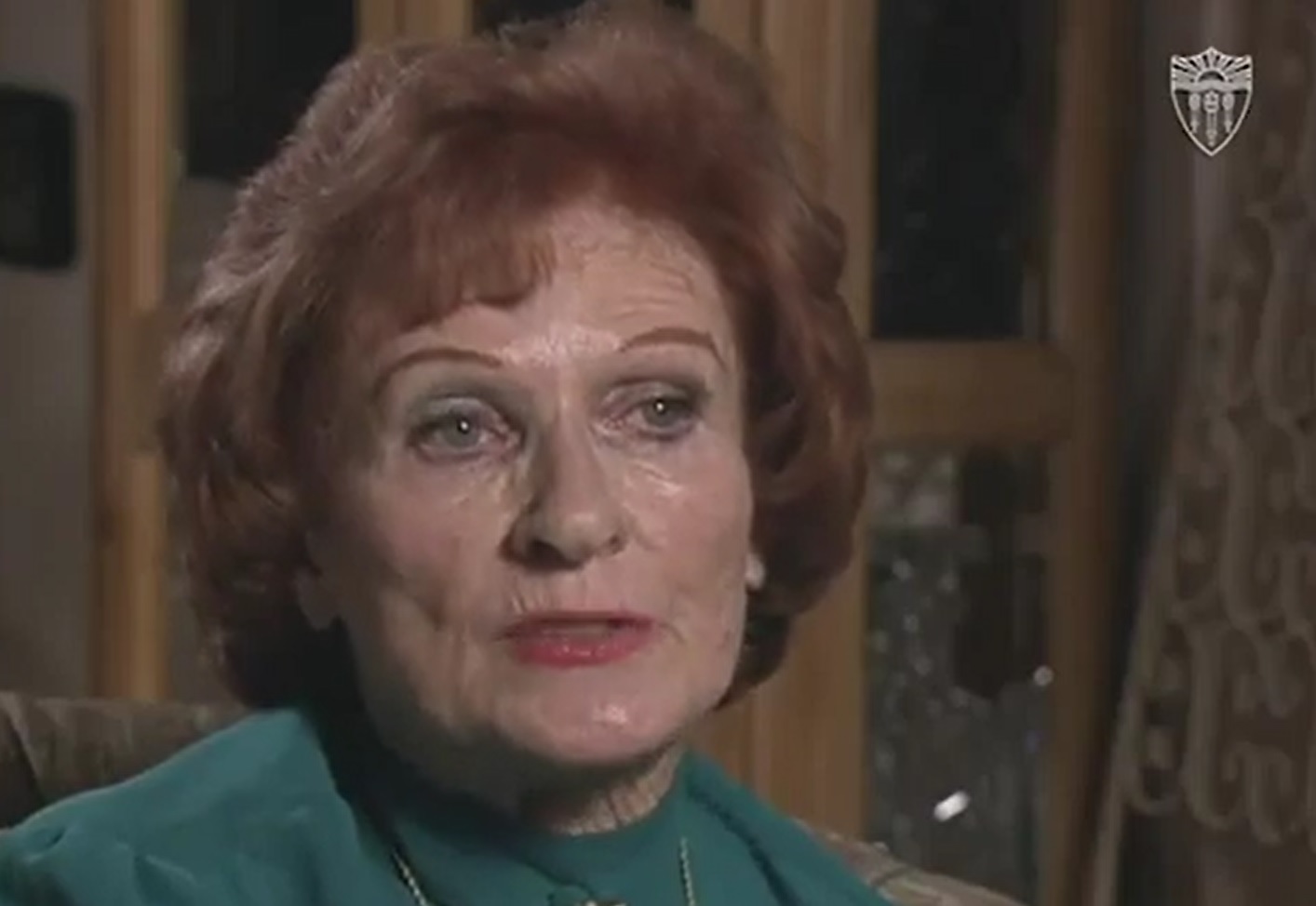

| 7 | Students read the handout, Letters from Karl Kretschmer to His Family, and annotate with a focus on Kretschmer’s activities and his relationship with his wife and children. Next, discuss the following questions: |
|
|
| 8 | On the concept map, where do each of the examples in this lesson fall in terms of guilt and responsibility? |
150-180 minutes
150-180 minutes
LESSON 3: The Role of the US and Responsibility of Nations
| 1 | Students skim the Echoes & Reflections Timeline of the Holocaust through the years 1933-1945, noting the Evian Conference of July 6, 1938, and the Bermuda Conference of April 19, 1943. Students consider how much they think the average American knew at various stages about what was happening in Nazi-occupied Europe. Students learn that American newspapers actually ran many stories about events happening in Nazi Germany, including actions of mass murder. |
| 2 | Utilizing the handout, Poll Results Related to the Plight of European Jews, students analyze the public opinion polls conducted at various points throughout the Holocaust. Students learn that the first poll taken after Kristallnacht showed 94% of Americans disapproved of Nazi violence against Jews, but 71% did not believe in allowing more Jews to enter the US. |
Resultados de la Encuesta Relacionados Con la Difícil Situación de los Judíos Europeos Ver más »
| 3 | Students read The Otto Frank Letter handout. As they read, students highlight sections/lines that show attempts made by Otto Frank to leave his country and come to the US. Then, students discuss the following questions: |
The Otto Frank Letter View more »
The Refugee View more »
View more »
La Carta de Otto Frank Ver más »
El Refugiado Ver más »
View more »
|
|
| 4 | Students watch the testimony of [L]Liesl Loeb[/L]. In small groups or as an entire class, students discuss the following questions:
|
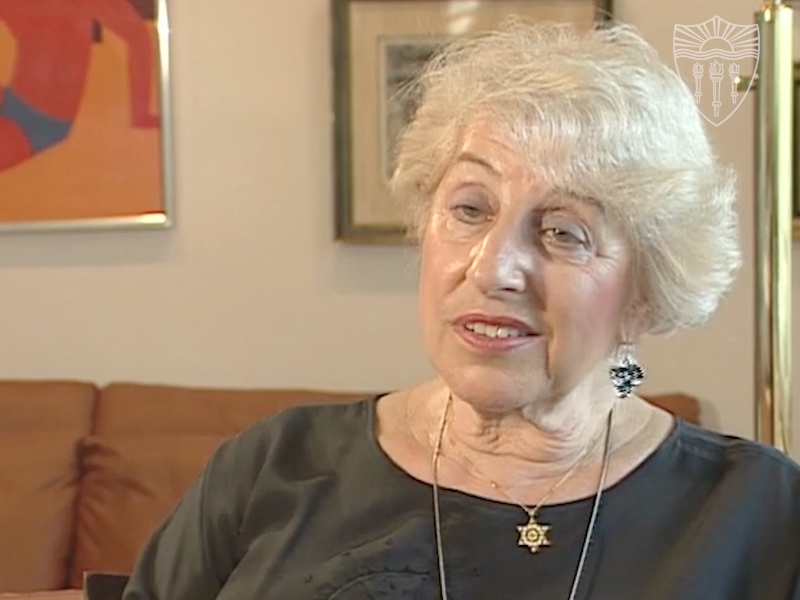

| 5 | Students read the Evian Conference and Bermuda Conference handouts and discuss the following questions: |
Conferencia de Evian Ver más »
Conferencia de las Bermudas Ver más »
|
|
| 6 | Students are introduced with background information about the MS St. Louis using the information provided in the corresponding note. |
View more »
View more »
| 7 | Students watch the testimony of [L]Sol Messinger[/L] and discuss the following questions:
|
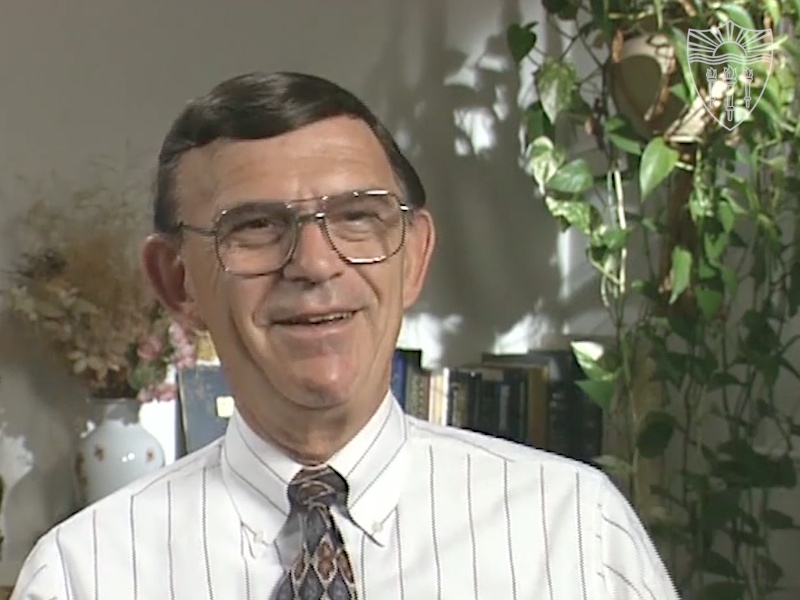
| 8 | Next, students watch the testimony of [L]Jan Karski[/L] as he discusses meeting with President Roosevelt about the situation of the Jews in Poland. Students reflect on the following questions, either in a journal entry or in small groups:
|
| 9 | As a summative task, students refocus on the plight of the victims and the human story that their experiences teach us. The poem, Refugee Blues by W. H. Auden is distributed. Students read together or individually and discuss the following questions:
|
The ideas below are offered as ways to extend the lessons in this unit and make connections to related historical events, current issues, and students’ own experiences. These topics can be integrated directly into Echoes & Reflections lessons, used as stand-alone teaching ideas, or investigated by students engaged in project-based learning.
| 1 | Newspapers are an excellent source of information when studying the Holocaust, and one way to engage students is to have them research news that was reported from their own town or city’s newspaper. Students should utilize Echoes & Reflections Timeline of the Holocaust with the United States Holocaust Memorial and Museum’s History Unfolded project to research how certain events were reported in their local newspapers. Create a visual representation of certain events that happened during the Holocaust in juxtaposition to newspaper articles reporting on them from the United States. |
| 2 | Artists like Felix Neusbaum used their artwork not only as a catharsis, but also as a message to the world about their situations. Look at work done by artists today that speaks to the life of refugees and discuss the power of art to give voice to injustices. Create your own artwork to highlight an injustice or atrocity in the world today. |
| 3 | Students watch the film A Night at the Garden. While watching, students fill out the graphic organizer and answer the questions on the A Night at the Garden handout. For more information, go to the website behind the film: https://anightatthegarden.com/. |
| 4 | A common question asked is “Did all Germans agree with Hitler?” While the Nazis ran a totalitarian state, making it difficult for many to resist, a few Germans did act against the tyranny. Two examples include the Hampels and the White Rose. As students learn about them, discuss the challenges each faced, as well as the risks they took and why they were willing to do so. All were executed for their actions. Students should consider whether examples like these should be amplified as role models, or downplayed, since most Germans did not act in such a manner. |
| 5 | This unit includes information about the mass shootings that occurred in Eastern Europe. For more information, visit Yad Vashem’s Untold Stories page and Killing Sites Online Guide, as well as yahadinunum.org to learn about Father Patrick Desbois’ work in locating these mass graves and interviewing witnesses, many of whom were requisitioned to assist in these killings. Students can view videos of witnesses, most of whom were children at the time, and use the interactive map to locate towns and villages where the mass shootings took place. |
| 6 | The United States did make some attempts to rescue Jewish refugees during the Holocaust, although small and somewhat ineffectively. Research the Wagners-Rogers Bill, the War Refugee Board, and the Fort Ontario Emergency Refugee Shelter in Oswego, New York. Consider the responsibility of the United States to do more to rescue refugees during the war, especially since it was the end of World War II and an Allied victory that ultimately ended the Holocaust. Write a journal response or short essay discussing your findings and analyzing the role the United States played in helping Jewish refugees. |
| 7 | There is an ongoing refugee crisis continuing today, the largest since the end of World War II. Utilize the United Nations High Commissioner for Refugees website to learn more about the current situation. Consider research polls gauging the public’s thoughts and fears on accepting more newcomers today. How are those similar to opinions during the Holocaust? Consider comparing quotes said by US leaders at both times, such as FDR’s fear of allowing Jewish refugees into the US: “Now, of course, the refugee has got to be checked because, unfortunately, among the refugees there are some spies” (June 5, 1940) with US House Speaker Paul Ryan’s hesitancy in taking Syrian refugees after the attacks in Paris in 2015, which was falsely blamed on Syrians. Ryan warned, “We cannot allow terrorists to take advantage of our compassion. This is a moment where it is better to be safe than sorry.” (November 17, 2015). |
AlliesantisemitismAuschwitz II-Birkenau
Bermuda ConferenceBundbystandercollaborationconcentration campcrimes against humanitydehumanizationdeportation
European JewryEvian Conferenceextermination camp“Final Solution of the Jewish Question”genocideGestapo
ghettoGreat Depressionhate groupHolocaustliberation
“Righteous Among the Nations”SS (Schutzstaffel)
survivor









